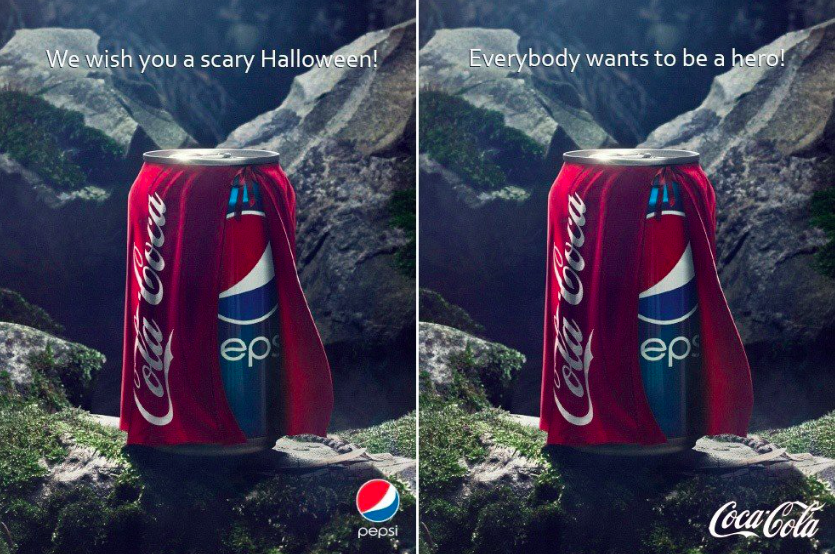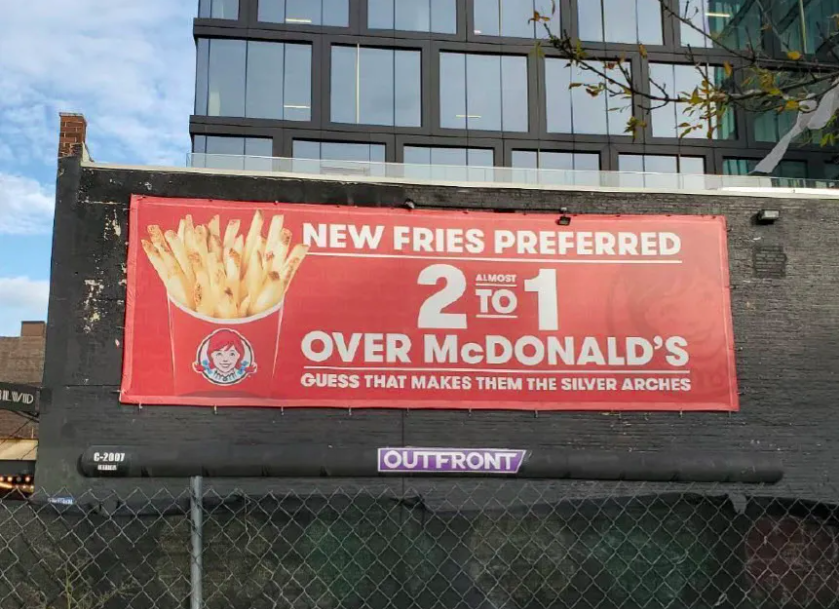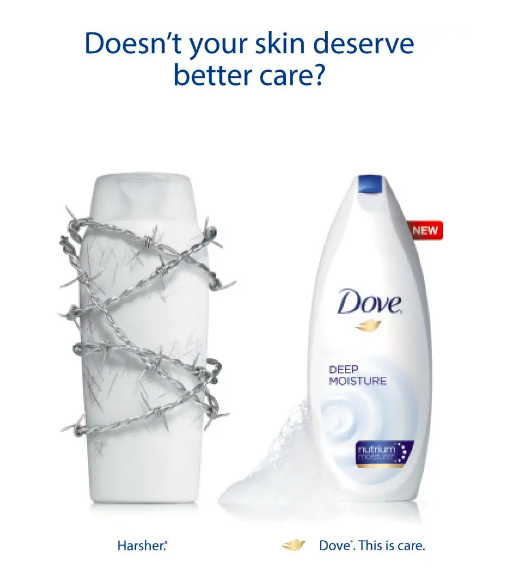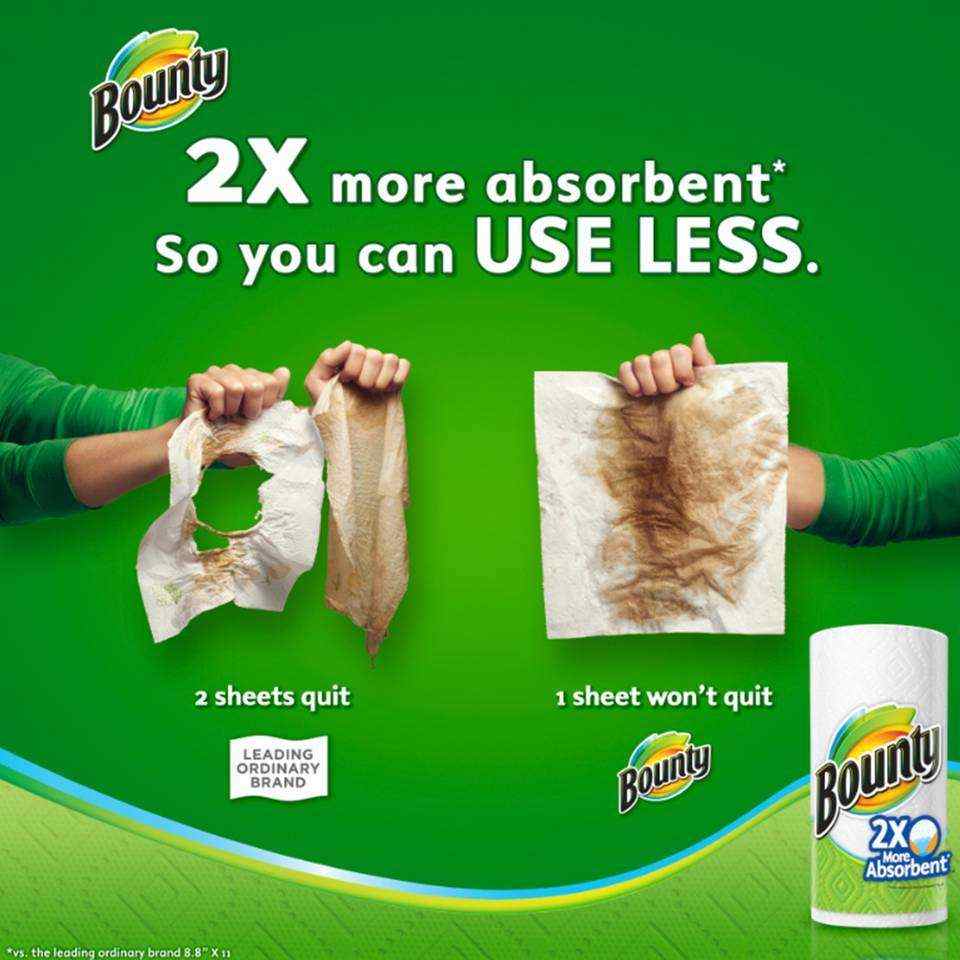
Comparative Advertising: Best Practices & Examples from Brands
In this fast-paced world, advertising within your digital marketing budget is a challenging task. With so many brands fighting for the same audience, finding different ways to stand out and boost the market share while also remaining honest and transparent is important.
To do this, you can use comparative advertising, which is when you directly compare your product to competitors in an effective way that helps potential customers make an informed decision.
This blog post will provide insight into why comparative advertising might be a good fit for your brand’s digital marketing strategy and best practices for coming up with strong comparative advertisements and examples of it in action.
What Is Comparative Advertising?
Have you ever been amused by the Coca-Cola and Pepsi marketing “war”? Or Wendy’s and McDonald’s never-ending rivalry?

Those competing brands are the simplest way to describe comparative advertising.
Comparative advertising is a form of marketing where you directly compare your product to competitors, so potential customers can see the advantages of your product over others.
Instead of pitching your product as better than everything else, you pitch it as the best optioncompared to a few other specific products.
Using comparative advertising is different from product comparisons because, with product comparisons, you don’t usually name the specific products you’re comparing your product to.
This type of advertising is usually used in situations where there are many brands competing for the same customer base, so it’s a way to stand out from the rest. It can also be used as a way to show how your brand has improved over time or to address common misconceptions about your product.
Comparative advertising is not to be confused with false advertising, which is when companies make claims about their products that are not true. Comparative advertisements must always be accurate and should never try to mislead customers.
Why Use Comparative Advertising?
Even though comparative advertising isn’t as direct of an approach as product-focused ads, it can be a powerful and effective wayto market your brand and take your marketing efforts to the next level. You can use it to:
#1. Stand out from competitors
The most obvious advantage of comparative advertising is to show potential customers that you have a better solution than your competitors. You’ll be able to give them reasons why your solution is more worth investing in than others. This, in turn, can help you stand out from the masses and get your message in front of potential customers.
#2. Increase product awareness
A lot of people will search for the product they want and then go to a site like Amazon to make their purchase. Comparative advertising can be a way to reach potential customers who might not have heard of your brand before but are in the market for the product you offer.
If you can get your ad in front of them at the right time, you might be able to convince them to give your product a try instead of going with a brand they’re already familiar with.
#3. Educate potential customers
Comparative advertising can also be used as a way to educate potential customers about your product and how it’s different from others on the market. This is especially useful if you have a new product or if there are common misconceptions about the product you offer.
#4. Gain social proof
Effective comparative advertising can help you prove that your product is just as good as, if not better than, your competitors. Whether it’s TikTok marketing or even LinkedIn campaign, it makes it much easier to build social proof and get more customers to try your product.
Best Practices for a Successful Comparative Ad
With all those benefits, establishing a successful comparative advertising campaign is not all plain sailing. Here are some best practices you should consider if you want to create a comparative advertising campaign that actually works:
#1. Stick to facts
When you understand what others are offering, it can be tempting for you to blatantly claim what and how you can do better. But, the thing is, you might end up overstepping the line and making false claims in your ads.
It is important that you stay on the right side of the law by only making factual statements in your comparative ads. You want people to understand what you are trying to say with honest advertising without crossing the line into making false claims.
So, before writing your comparative advertising campaign, be always ready to back up your claims. It’s also crucial to make sure you have accurate and up-to-date information about the product you’re comparing yours to. Once you’ve got your facts straight, write your ad from a place of fact and reason, not emotion.
Looking |
From 32,000 agencies, we narrow down to only the ones you’ll love.
No commitment, totally free.
#2. Avoid using trademarked names
When you’re making comparisons in your comparative ad campaign, it can be tempting to use the trademarked names of your competitor’s products.
But, if you do this without their permission, you could end up getting sued for trademark infringement. After all, there is still some comparative advertising law.
To avoid any legal issues or comparative advertising disputes, stick to using generic terms to describe the products you’re comparing yours to.
For example, instead of saying “the leading cola brand,” you could say “a popular carbonated soft drink.”
Not only will this help you avoid any legal issues in comparative marketing, but it will also force you to be more creative in the way you write your ad. And, as we all know, creativity can be a key ingredient in coming up with effective comparative advertising.
#3. Don’t blatantly bash your competition
The biggest mistake brands make when using comparative advertising is going too negative and attacking their competitor.
While it can be too easy to use your comparative ad as an opportunity to badmouth your competition, this is not a good idea. Not only is it unprofessional, but it can also backfire on you.
If you bash your competition in your ad, they could take legal action against you for defamation. And, even if they don’t, potential customers might see you as being unprofessional and not worth doing business with.
What about big brands that seem to get away with it? Wendy’s even invested in display advertising to compare themself and McDonald’s.

Well, it’s a different case. Many big brands are well-known for their witty brand tone and comparative marketing strategies. And calling each other out is a part of the campaign to generate more buzz and entertain their audiences.
Also, they usually have deep pockets to deal with any legal issues that might arise. But, for most smaller brands, it’s just not worth the risk.
While you can use their product as a comparison, don’t go after the company or people behind it. Instead, focus on highlighting your product’s positive aspects and how it differs from the competition. Be constructive, and focus on your product’s positives, not theirs’ negatives.
#4. Don’t pick on the helpless
When you’re choosing a competitor to feature in your comparative advertisement, it can be tempting to go after the little guy. After all, they’re an easy target, have a lower market share, and you’re more likely to come out on top.
But, while going after the little guy might help you win in the short term, it’s not a good long-term strategy. That’s also a great way to lose customers.
First of all, it can make you look like a bully— if not a coward. And second, it could give the little guy the motivation they need to become a bigger threat to you down the road.
So, instead of going after the easy target, choose a competitor around the same size as you or those with a significant market share. That way, you can avoid looking like a bully, and you’ll also be able to present yourself as an equal.
#5. Use humor sparingly
Don’t take the competition too seriously. Nobody wants to see two brands duke it out over who has better value prepositions just to gain more profits.
This is why taking a stab of humor to keep everything fun and innocent is essential. It’s okay to poke fun at your competitors light-heartedly as long as you don’t cross the line.
The problem with using humor is that it can be easily misconstrued. And, if your audience doesn’t understand the joke, they could end up feeling offended. So, before using humor in your comparative ad, make sure it is appropriate for your brand and will be understood by your target audience.
#6. Creativity is the key to great comparative ads
When it comes to comparative advertising, being creative is essential. After all, you want your ad to stand out from the rest and grab people’s attention.
There are countless ways to be creative with your comparative advertising. Whether you use humor, irony, or a more serious tone, make sure your ad is creative and unique.
Some of the most effective comparative advertising are those that use irony or a light-hearted tone to make their point.
Comparative Advertising Campaign: Examples That Work
Now that you know the dos and don’ts of comparative advertising let’s look at some examples of ads that have gotten it right. We’ve mentioned slightly about Coca-cola and Wendy’s before. Here are some other comparative advertising examples:
#1. Dollar Shave Club
In the viral marketing video titled “Our Blades Are F*** Great,” Dollar Shave Club mentioned how their razors are so much better than others– from the quality of the products and even the shipping cost and process. The whole lowkey comparative advertisement basically makes fun of their competitors with a well-delivered, nonchalant script and effortless-looked scenes.
#2. Dove
Like Dollar Shave Club’s advertising strategy, Dove compares their product to a nameless amalgam of competitors rather than one specific rival. In its competitive advertising, the brand claims its product moisturizes its customers’ skin better, without stripping the skin and using harmful ingredients like some competitors still use.

#3. Allstate
This comparative ad from Allstate uses a human actor to personify the “blind spot” in another driver’s car. The actor covers his eyes and then pops up in the other driver’s blind spot, causing them to swerve.
The point of the comparative advertising here is to show that Allstate’s insurance can protect you from accidents caused by other drivers’ blind spots and any other unpredictable events– unlike other insurance companies.
#4. Bounty
Bounty puts itself as a premium alternative to its rivals. They claim their power towel is twice more absorbent as a leading brand.
In their comparative ad campaign, they can set the brand apart from the competitors and convinces the audiences to purchase the product when they need to save more and use long-lasting paper towels.

#5. Samsung Galaxy Flip
With the latest Samsung Galaxy Flip product video, Samsung jumps on the comparative advertising bandwagon. They troll only a competitor and the other tech giant, Apple.
The company subtly calls the competitors’ lack of a headphone jack and much more. This comparative ad works because it’s entertaining while also getting its message across in a relatable way.
Conclusion
Comparative advertising is a great marketing strategy if you want to position your product as the best option for a wide range of potential customers. Before creating comparative ads, make sure you have all the facts about your product and your competitor’s products.
It’s important to be as accurate as possible while still being able to say something positive about your product. You can rely on accredited advertising agencies to ensure your competitive advertising is on the right path and have no risk for any comparative claims.
Once you’re ready to begin, use these best practices to ensure that you create an effective comparative ad campaign that helps level up your overall marketing strategy and make your brand stand out.







